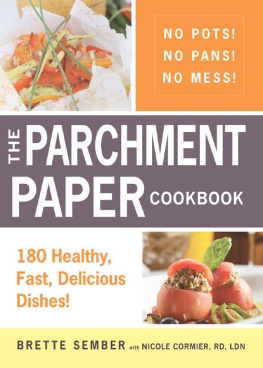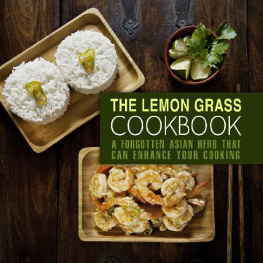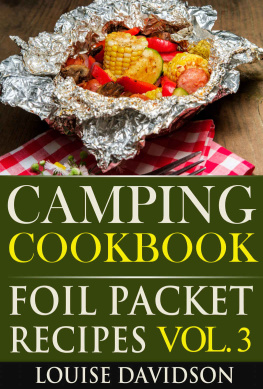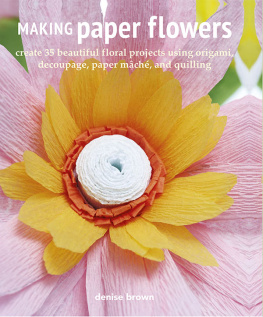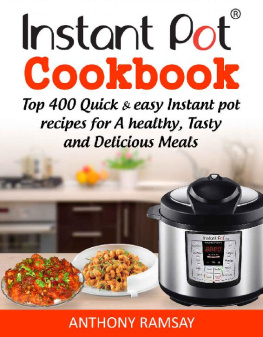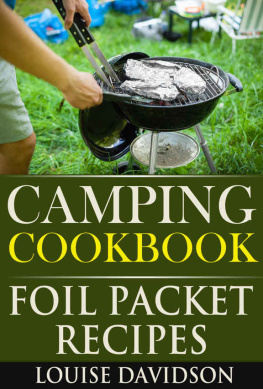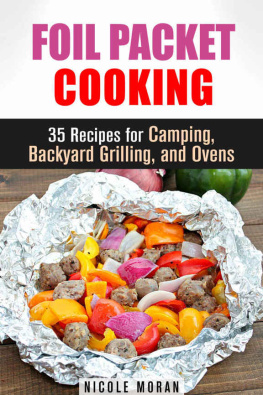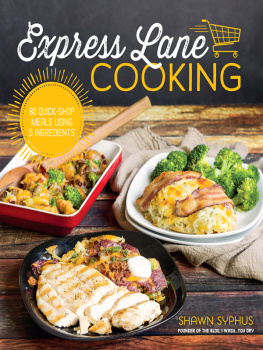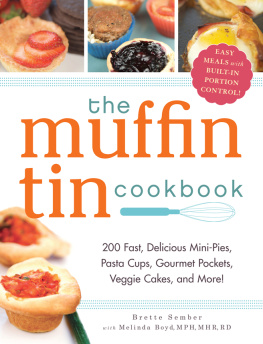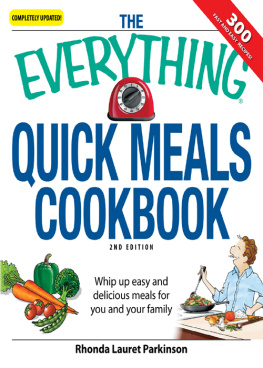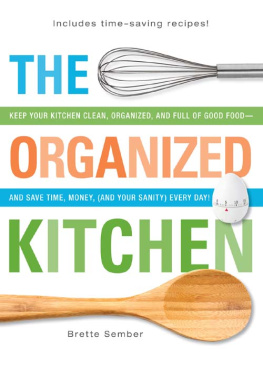The
Parchment
Paper COOKBOOK
180 Healthy, Fast, Delicious Dishes!

Brette Sember
with Nicole Cormier, RD, LDN

Avon, Massachusetts
For the women who taught me to cook: Mom, Gai, and Gram.
Contents
INTRODUCTION
Cooking with Parchment Paper
I want to let you in on a little secret: parchment paper cooking is the easiest kind of cooking youll ever do! Think about it no pots, no pans, no dirty baking dishes. No elaborate sauces to stir. No dishpan hands. All of your ingredients go into nifty parchment paper packets, which cook quickly in your ovenor even your toaster oven if you want to save energy. Nothing sticks, nothing crusts, and you have no cleanup. Best of all, the end result of this simple cooking method is healthy, flavorful food. Whether you have a small kitchen, an interest in expanding your culinary repertoire, a busy life, or an aversion to washing dishes, the parchment paper method promises to transform how you think about cooking.
No-Pot Benefits
Inside, you wont find one recipe that requires a pot or pan. For many dishes, the parchment paper cooking method allows a delicious sauce to form right inside the packet, so you get all of the flavor with none of the mess associated with traditional cooking. Wrapping your food in parchment paper seals in the moisture and creates a mini-pressure cooker effect, producing incredibly tender meats and fishes; in fact, meals rarely dry out when cooked this way.
Another major benefit: Parchment paper cooking limits the amount of fat you need to add to each dish, making it a healthy way to cook. If going green is important to you, no-pot cooking is environmentally friendly. Not only do you cut down on the amount of water you use to do dishes and the amount of energy needed (since everything cooks in one oven or toaster oven), but you can recycle or compost the parchment paper when youre through with it instead of sending it to the landfill.
Above all, cooking this way allows you to streamline your time in the kitchen, and focus on what really matterswonderful food, shared with wonderful people.
Parchment Paper 101
Obviously, this method of cooking relies on parchment paper, which you can find in the grocery store, near the rolls of wax paper or foil. (You can also buy it online in bulk; try Amazon or Patterson Paper.) Most grocery stores sell it in rolls, but you can also buy precut sheets in some storeseither will work. Reynolds and Wilton both make parchment paper, as do many other companies, so it should be easy to find. (I dont recommend the precut parchment sheets because they arent big enough for most recipes in this bookalthough they are great for the flat parchment recipes.)
The use of parchment dates back to 2500 B.C., when it was made from calfskin and used exclusively for written documents and books. Todays cooking parchment is made of heavy-duty, heat-resistant, nonstick paper. The silicone added to the paper to keep food from sticking also makes it safe to use in the oven, since it will not burn.
The French refer to parchment paper cooking as en papillote, which simply means in paper. Recipes for cooking with paper-product parchment began to emerge around 1910, but most modern cooks have primarily used it as a liner for baking sheets to keep food from stickinguntil now.
Preparing for Parchment Paper Cooking
No-pot food prep basically entails layering food in parchment paper packets. (Note that some recipes in the book are meant to be cooked on a flat piece of parchment paperit doesnt get much easier than that!) Full disclosure: While you wont need baking dishes, pots, or pans, some recipes do require the use of a few dishes and utensils. And most recipes use measuring cups and spoons, a knife, cutting board, or a small bowl. Thankfully, these items easily fit into the dishwasher or merely need a wash in the sink, so cleanups still quick! Some recipes also use the microwave or rice cooker, but since neither of these requires dirtying pots and pans, youre still ahead of the game.
Go for Healthy Options
Throughout this book, youll notice that many recipes include prepared ingredients readily available at your local market. For this to remain a healthy method of cooking, you need to be careful when selecting these items. Of course, you can always create these ingredients in your own kitchen (using the full range of implements available to you), but if you end up purchasing prepared items, try to opt for the most wholesome choices whenever time and budget permitschoose whole grains over white and buy organic as much as possible. (Steer clear of overly processed foods to boost the health quotient!) I make every effort to use organic food products whenever I canorganic fruits and vegetables have a freshness and sweetness to them that you just dont find in their nonorganic counterparts. And I urge you to try organic, free-range and grass-fed meats; I think youll be pleasantly surprised. They cook differently and taste better than conventionally raised meat. Organic beef has a hint of grassiness about it, and organic chicken retains more moisture and has a more satisfying flavor.
Food Notes
All of the chicken recipes in this book call for boneless skinless chicken breasts. Another common ingredient is rice. Brown rice is preferred as it provides more nutritional value and fiber than white rice, but you can always substitute white rice in a pinch. You may want to cook a lot of rice at once and keep it in the fridge to use throughout the weekor freeze it for future use. This easy weekend task will invariably make your weeknight dinners come together that much quicker.
Most recipes call for salt and pepper to taste. Properly seasoning your food helps make it flavorful, but maybe you follow a low-sodium diet or prefer not to use pepper, so Ive left the amounts up to you. When it comes to herbs, most recipes provide measures for dried herbs (when I feel it makes a big difference, I specify fresh herbs), but you can always substitute fresh by using this calculation: 1 tablespoon of fresh herbs equals 1 teaspoon of dried herbs.
These recipes are somewhat loose in an effort to encourage you to modify them to meet your own sensibilities and tastes. For example, if you dislike cilantro, substitute something else (such as parsley); if you dislike goat cheese, swap it out for cream cheese. Experiment with the recipes and make them your own.
One last note, on serving size: Most meat dishes in this book offer amounts for a single serving, which is made in one packet. Make one packet for each person you are feeding. Most side dishes feed four people. You can easily tinker with the serving sizes in the recipes; if a recipe makes one serving, just make additional packets if you want to feed more. If a recipe serves four, cut it in half if youre only cooking for two (but decrease your cooking time accordingly).
Parchment paper packets can also be wrapped in foil and cooked on the grill. If you set your gas grill to medium high heat, the cooking times should be very similar to the times for cooking in the oven, but be sure to check your food for doneness. It also is useful to turn your packets on the grill once to ensure even cooking.
Folding the Parchment
Despite what you may think, you dont need to be an origami artist to cook this waythere are no elaborate swans involved! Simply follow these folding methods and youre on your way.
Next page
